Dangers of Driving in the Summer
While summer may be the most well-liked season in the Midwest, it is also the most popular in traffic fatalities. Driving in the summer is especially dangerous in July and August. According to the Insurance Institute for Highway Safety, a nationwide average of 116 deaths a day occur during these months. Weekends are deadlier than weekdays, with the highest number of deaths occurring in the late afternoon and early evening between 3-7 p.m. Traffic deaths in Michigan have increased by 10% for the second year in a row, along with an escalation in car crashes, serious injuries, as well as motorcycle and bicycle fatalities.
Do You Have a Case?Summer Driving Saftey Tips
According to the National Highway Traffic Safety Administration (NHTSA), 94% of car crashes are caused by preventable human factors which include speeding, driving under the influence of drugs or alcohol, as well as distracted and drowsy driving. Failure to use available safety features such as seatbelts and motorcycle helmets is another huge cause of recent traffic fatalities.
Here are some basic safety tips for driving in the summer from the National Highway Traffic Safety Administration:
- Perform a basic safety check. Include routine maintenance such as tune-ups, battery checks, and tire rotation. Before traveling long distances, make sure tire pressure, wiper blades, fluid levels, lights, and air conditioning are all in proper working condition.
- Check for recalls. Call your dealer or visit www.nhtsa.gov/recalls to find out about possible vehicle safety defects in your vehicle.
- Protect yourself and your passengers. All drivers and passengers should wear seat belts, while children should ride in car seats or booster seats specified for their age and size. Children 13 and younger should ride in the back seat. For assistance in finding the right size and type of car seat, visit www.safercar.gov/parents.
- Share the road safely. Summer weather means more unprotected travelers such as motorcyclists, bicyclists, and pedestrians will be sharing the road. Keep a safe distance – 3 or 4 seconds worth – between your vehicle and a motorcycle, and always be mindful of pedestrians and bicyclists.
- Stay alert. Take regular breaks during long trips. Leave enough time during stops to stretch, eat healthy food and relax. If you find yourself getting too tired to drive, stay overnight in a motel to get the rest you need to drive safely.
- Pack an emergency roadside kit. Be prepared for the unexpected with a kit that contains emergency items such as a first-aid kit, flashlight, flares, jumper cables, water, and blankets. If possible, pack an extra cell phone or a spare battery and charger for your existing phone.
- Don’t drive after drinking or using drugs. If you plan to drink, choose a designated driver before going out. If no one in your vehicle is able to drive safely, call a ride service, or use NHTSA’s new SaferRide mobile app, available from the iTunes store or Google Play, to call a taxi or friend for a ride.
- Avoid distraction. Distraction accounts for approximately 10% of fatal crashes and 15% of injury crashes. Distractions include cell phone use, texting while driving, eating, drinking, and using in-vehicle technologies and portable electronic devices that take your attention away from the road.
If you or a loved one are injured in a motor vehicle crash, it is important to contact an experienced auto accident attorney as soon as possible. The knowledgeable team of lawyers at The Sam Bernstein Law Firm are ready to provide a free consultation to discuss your case and make sure you get the compensation you and your family deserve.
“Whether you’re a driver, passenger, motorcyclist, bicyclist or walker, we want you to have safe and enjoyable travels this summer,” says Mark Bernstein. “If you’re riding in a car, wear your seatbelt. If you’re on a motorcycle or bicycle, wear a helmet. Follow the speed limit. These simple steps can help save lives.”
Do You Have a Case?Sources:
HAVE YOU BEEN INJURED?
Get The Bernstein Advantage® today!
Free. Simple. Quick.


